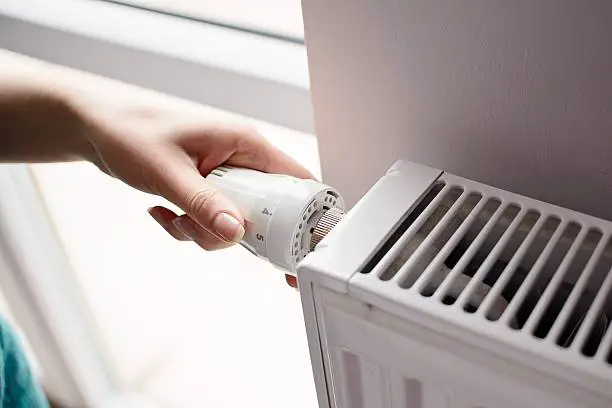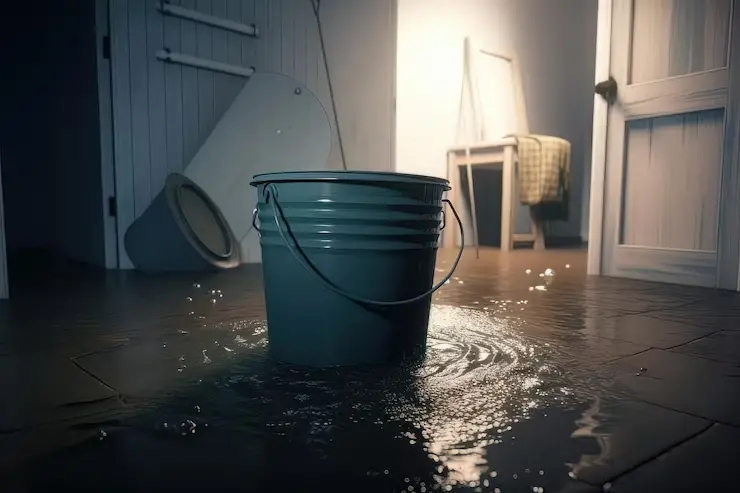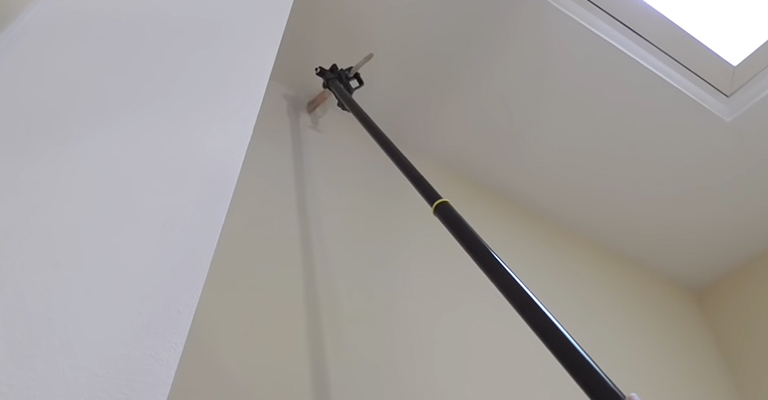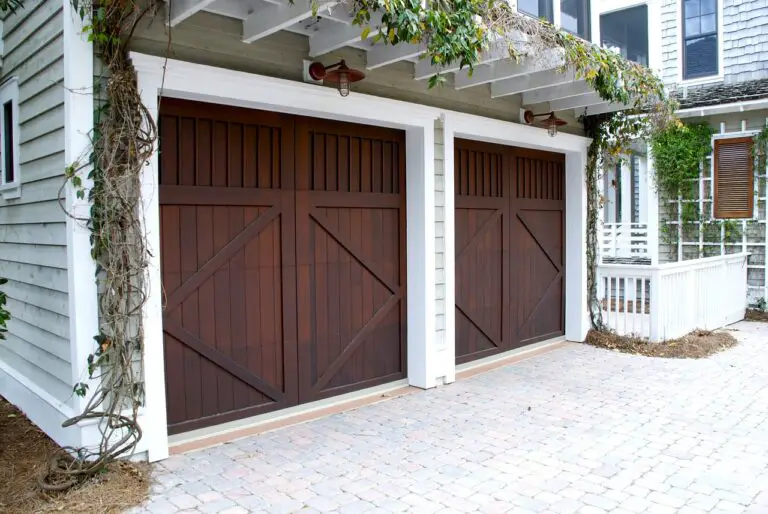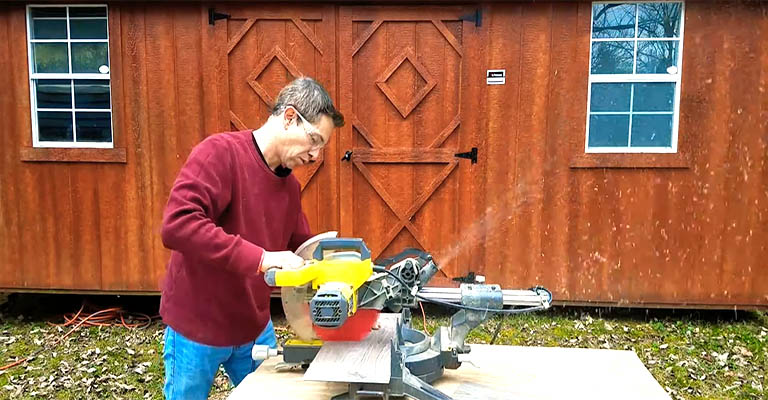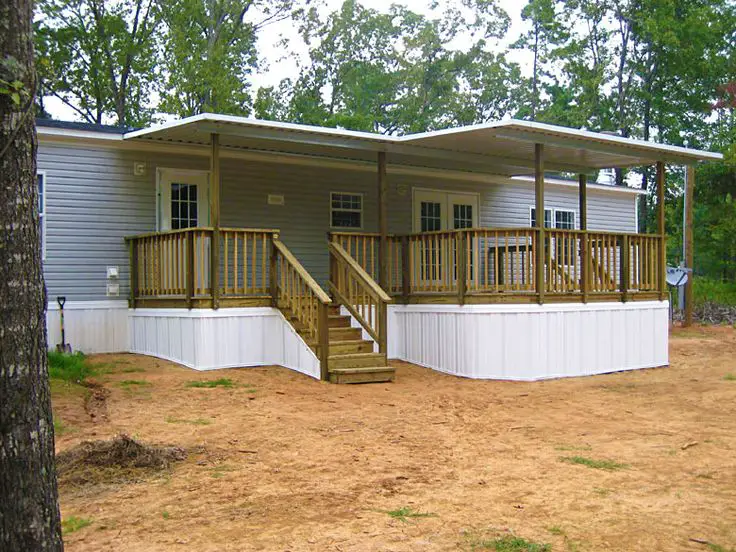Unraveling the Efficiency of a Radiator in House
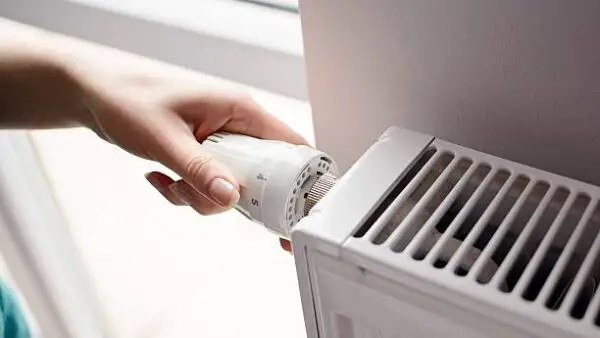
Radiators play a pivotal role in the comfort and warmth of a home. As integral components of central heating systems, they are crucial for maintaining a cozy indoor climate, particularly during the chillier seasons.
The efficacy of a radiator in a house can greatly influence your domestic experience, and understanding its operation can enable you to optimize its performance.
The Nuts and Bolts of Radiators
Contrary to what some may believe, the magic of radiators doesn’t happen via the blowing of hot air. Instead, radiators work on the principle of convection heating. A boiler heats water, which then flows through pipes and into the radiator. This warm water heats the radiator’s metal structure, causing it to emit heat into the surrounding space.
It’s vital to note that, despite the water’s essential role, a radiator doesn’t dispense steam. The warm water cycles back to the boiler for reheating and re-circulation, thereby establishing a continuous flow of heat.
Types of Radiators
Household radiators primarily come in two forms: traditional and modern. Traditional radiators, often made from cast iron, are renowned for their long-lasting heat retention even after the heating system is switched off. On the other hand, modern radiators, typically fabricated from steel or aluminum, heat up quickly and are more energy-efficient. Both have their merits, and the choice between them largely depends on your home’s specific needs.
The Efficiency of a Radiator in a House
Radiators can significantly impact your energy consumption and the overall efficiency of your heating system. To optimize their operation, it’s crucial to ensure their placement is strategic. Furniture or curtains blocking radiators can impede heat distribution, making them less effective.
Periodic maintenance is also paramount for a radiator’s efficiency. This includes bleeding the radiator, a process that removes trapped air, allowing the radiator to function at its maximum capacity. Also, consider regular checks for leaks or rusty patches, signs that your radiator might need attention or possible replacement.
Enhancing Radiator Performance
For those seeking to maximize the benefits of a radiator in a house, consider investing in a radiator cover. Contrary to popular belief, a well-designed cover doesn’t inhibit heat circulation. Instead, it can actually boost efficiency by directing the flow of warm air into the room.
Alternatively, reflective radiator panels are a cost-effective way to amplify the heat output. These panels work by reflecting heat back into the room that would have otherwise been lost through the wall.
The Role of Radiators in Green Housing
In this era of sustainability and green living, radiators are also stepping up their game. Energy-efficient models are entering the market, helping households reduce their carbon footprint. These radiators use less energy and provide the same level of warmth, making them an excellent choice for the eco-conscious homeowner.
Understanding Radiator Noises
When operating a radiator in house, you might occasionally hear noises – a common occurrence that typically shouldn’t cause immediate concern. Pinging or ticking sounds are usually the result of the radiator heating up or cooling down. However, persistent noises like whistling or banging could be indicative of more serious issues like trapped air or uneven water distribution. Regular bleeding and maintenance can help resolve these issues and ensure your radiator functions quietly and efficiently.
Incorporating Radiators into Your Home Décor
A radiator doesn’t just have to be a functional unit; it can also be an aesthetic addition to your living space. Modern radiators come in an array of styles and designs, blending effortlessly with your home’s décor while delivering optimal heating. From sleek vertical designs for smaller spaces to decorative cast-iron models that exude a vintage charm, there is a radiator to suit every home and taste.
Safety Measures When Dealing with Radiators
While radiators are generally safe, certain precautions are necessary to avoid accidents, especially in households with young children or pets. Radiators can become very hot, posing a burn risk. Therefore, it’s advisable to install a good quality radiator cover. Besides improving efficiency and aesthetics, a cover also adds a layer of safety by preventing direct contact with the hot surface.
Furthermore, make sure your radiator is installed correctly and secured to the wall, especially for larger models that could cause injury if they were to fall.
The Future of Radiators
In the future, we can anticipate the further evolution of radiators to align with the increasing demand for energy-efficient and smart home devices. Smart radiators equipped with advanced sensors and integrated with home automation systems can adjust their output based on the room’s temperature, resulting in significant energy savings.
In a world becoming more conscious of energy consumption, the concept of a radiator in a house is changing from a basic heating unit to a smart, eco-friendly device that balances comfort, aesthetics, and sustainability.
The Mechanics of Different Radiators
Steam radiators, a type of hot water radiator, are a popular choice for those living in older homes. The steam radiator heating system works by heating water in a central boiler until it turns into steam, which is then transported to the radiator. The steam radiator heats the surrounding air, providing a warm, cozy environment. However, steam radiators require radiator valves to release excess pressure and prevent overheating.
Electric radiators and radiator heaters work slightly differently. Instead of a boiler and hot water, they utilize a heating element to warm the surrounding air. These types of radiators, such as baseboard heaters, often use heat transfer oil to disperse the heat evenly and maintain the desired room temperature. Electric radiators can be an excellent option for those seeking a low-maintenance and easy-to-install solution.
Evolving Radiator Technology
In the realm of radiator technology, the cast iron radiator stands as a testament to timeless design and efficient operation. Known for their exceptional heat retention, these radiators contribute to the heating radiator system by slowly and steadily dispersing heat into the room. Modern equivalents, like hot water radiators, function similarly, but with improved efficiency and quicker heat distribution.
Conclusion
Whether it’s a radiator heater, a hot water radiator, or a baseboard heating system, each radiator has its unique way of altering cooler air into heated air, contributing to your home’s central heating system. Your choice depends on various factors such as your budget, space constraints, and personal preference. Whichever you choose, remember that regular maintenance of your radiator system is key to achieving and maintaining a warm and inviting home.

